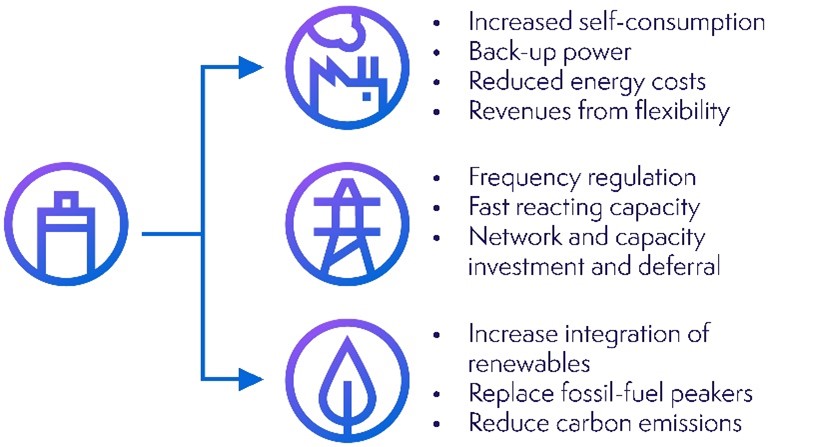News
better business decisions
Posted 4 years ago | 3 minute read

Storm Arwen highlights the need for resilience
It’s easy to take the reliability of our electricity supply for granted. But despite the resilience embedded in the electricity system, power cuts can and do happen.
Late last week (26 November) a rare red weather warning came into force as Storm Arwen, brought high winds to much of the UK and the continued drop in temperatures prompted a UK Health Security Agency Level 2 cold weather alert to be issued. Impacts from the storm have been felt across the UK with power cuts and disruption to transport links widely reported.
Reported as being one of the most damaging storms experienced in at least 15 years, Storm Arwen affected around 1,000,000 homes and businesses. At its worst impact, around 500,000 electricity customers were left without power of which nearly half were across the northeast of England, Yorkshire, and Lincolnshire.
According to the Electricity Networks Association, in some parts of the country 25 days’ worth of faults on the power system occurred in just 24 hours as power lines were impacted by snow, freezing conditions and high winds. Blocked roads and complex, labour-intensive faults made the process of power restoration extremely challenging.
By their very nature, our electricity networks are designed to be as robust and resilient as possible. But natural hazards such as extreme weather, systems failures and malicious attacks on infrastructure all present risks for the grid, and therefore for businesses. In addition, given that the grid is becoming increasingly intermittent as we move to an energy system progressively underpinned by renewables there is widespread recognition of the benefits of improving resilience by taking measures behind the meter.
Some businesses may already have power resilience measures in place. Critical pieces of equipment are often supported with an Uninterruptable Power Supply (UPS), or a fossil fuel back-up power supply – a diesel generator or perhaps a Combined Heat and Power (CHP) unit. But as businesses become more digitised and reliant on technology the risk of blackouts or voltage changes becomes more significant.
More and more businesses are choosing to add energy storage to their site, where in the event of a power failure or voltage dip either on site or the local electricity network, the battery installation will supply reactive power, reducing the possibility of a brownout or blackout, eliminating down-time and ensuring critical systems remain unaffected. One key difference between battery storage technologies and UPS or fossil-fuelled back-up systems is that an on-site battery can store electricity that either is produced from on-site generation or offtake power from the grid during periods of high renewables generation on the system. Helping your business boost its green credentials.
In addition to providing resilience battery storage can bring further benefits, but, as we noted in our recent Global Energy Trends 2022 White Paper, for some businesses regardless of recent falls in the cost of battery storage systems, the high upfront costs are a key barrier.
Benefits of battery storage

GridBeyond understands the complexities of battery storage technologies and will work with you to install on-site battery storage system that provides clean, stable and uninterrupted energy supply, eliminating the risk of grid disruption. All at no up-front cost to your business. Find out more.






